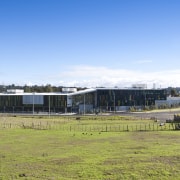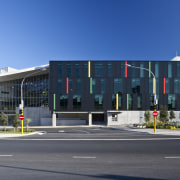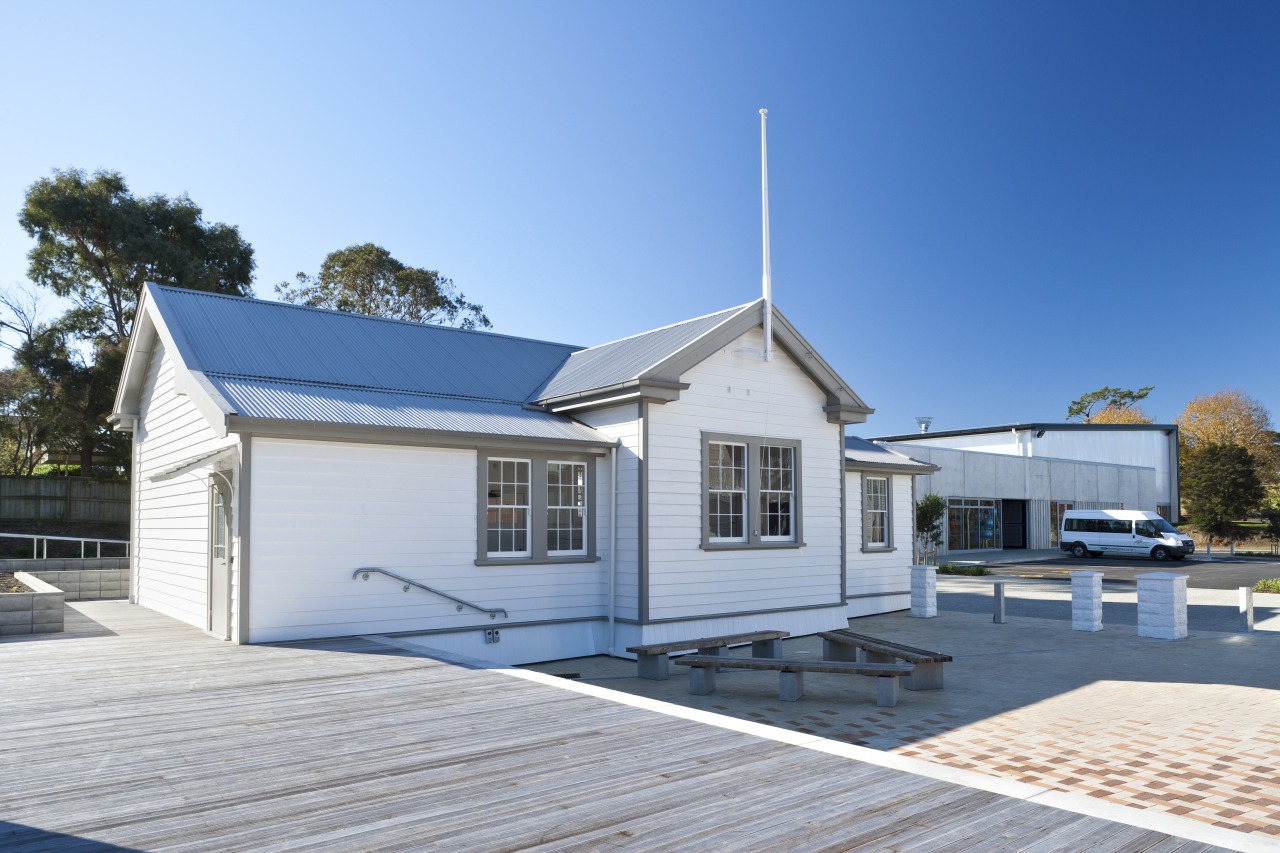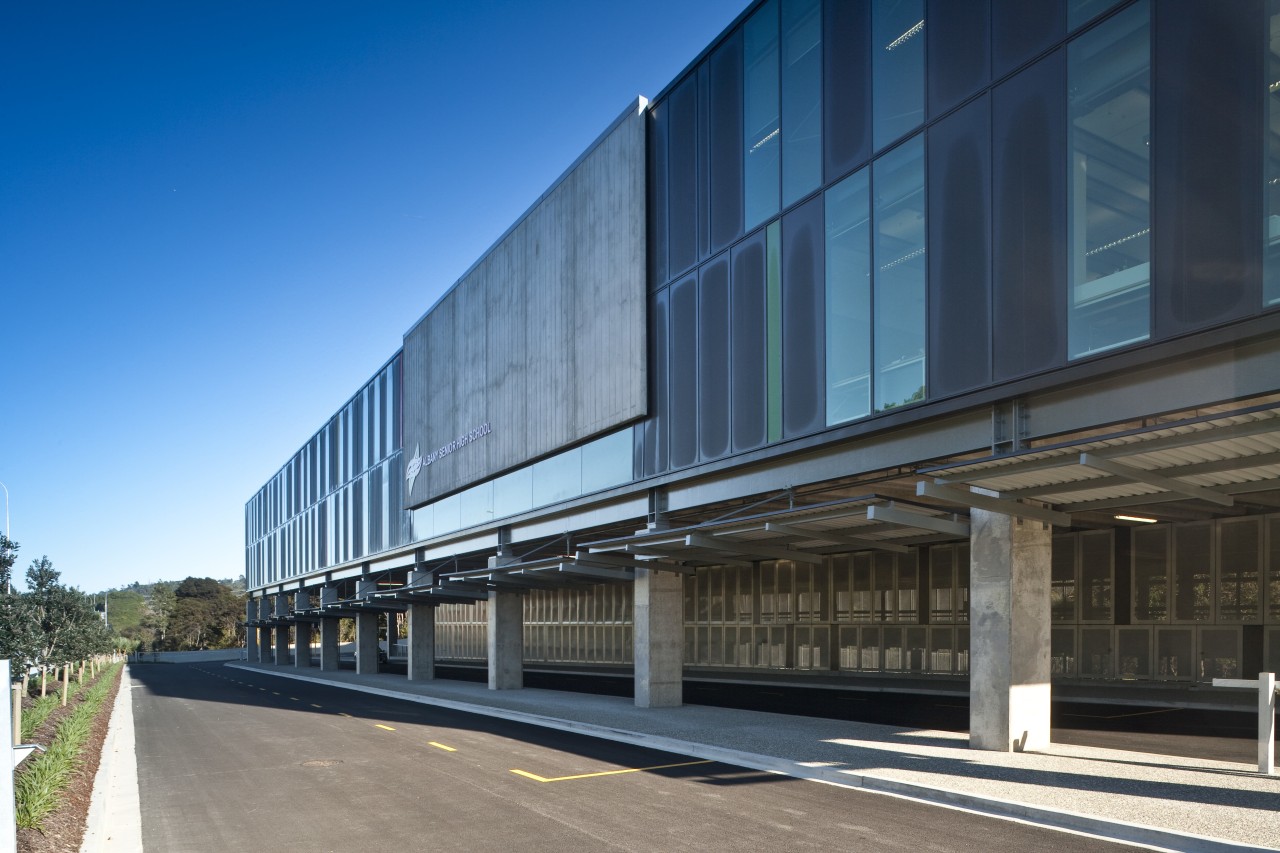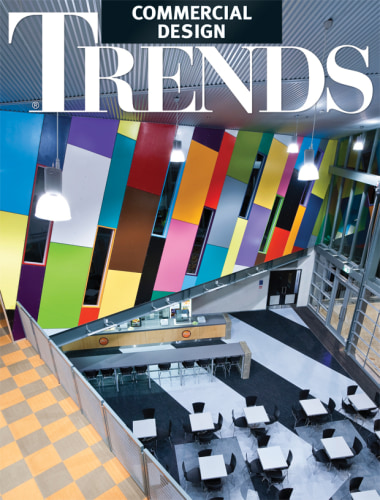Raising the standard
A tight timeframe and complex building programme were just two of the challenges for Arrow International, who held the design-and-build contract for the Albany Senior High School project
When new projects push the design boundaries to challenge traditional stereotypes, they will invariably attract attention. The new Albany Senior High School an Arrow International design-and-build contract is such a project, says Connal Townsend, chief executive of the Property Council New Zealand (PCNZ).
"Albany Senior High School raises the bar for high school education in New Zealand," he says. "It offers an exciting glimpse into new possibilities and higher standards that will continue to be set in this sector."
PCNZ Auckland branch president Graeme Birkhead says the council has already earmarked the project as an example of excellence.
"We are always looking to showcase projects that set the benchmark in a particular sector, whether it be in the area of commerce, healthcare or education. This project is significant for a number of reasons. It is the first public senior high school in the country and the integrated learning environment heralds a whole new direction for the Ministry of Education, as well as the teachers and students."
Birkhead says that in terms of its scale and form, the school is more like a commercial project than other new schools, which have usually have more in common with residential design and construction.
"When we showcased the project with an open day, there was an unprecedented amount of interest from a wide cross section of people involved in the design and construction industry. The significance of the project is widely recognised, and deserved."
For the team at Arrow International, working to an extremely tight timeframe provided the greatest challenge. Arrow project manager Craig Brosnan says a required change in site designation and a subsequent protracted Environment Court process, along with a non-negotiable completion date, resulted in a compressed design programme. The timing allowed only two months of design development before work commenced on site.
"We divided the project into 16 building consents, which were lodged progressively. This meant we could keep the design going just ahead of construction sometimes it was only a matter of hours after a consent was granted that work began. The design overlapped construction and vice versa."
Brosnan says the accelerated programme required the buy-in of all the consultants and contractors.
"The response was fantastic. We needed everyone to work as a team, and that was exactly what happened. At times there was considerable pressure, but the team approach worked very well and there was a real sense of camaraderie on site."
One of the key construction challenges involved a change to the design of the building.
"The original plan specified a two-storey building with a flat roof," says Brosnan. "This was replaced with a two-and-a-half-storey building that kinked and rose up in the middle. The challenge came from getting the detailing and construction methodology right, particularly in terms of the connections."
Other changes necessitated a revision of the planned building services. Because the resource consent required a stream to be retained, the position of the school was moved closer to the highway than was originally planned. This meant noise levels became a major consideration and the acoustic design was changed to lessen the impact of the road noise.
"Another major challenge for the project involved the fire engineering brief," says Brosnan. "Because of the large voids and the fact that this is a school, fire safety was a critical issue. To meet the regulatory requirements, a system of automatic sprinklers and fire curtains in the voids was introduced."
In addition to project management and construction of the new building, Arrow International oversaw the refurbishment of the old primary school building on site.
"The Albany community was keen to retain some of the history and character of the site," says Brosnan. "Consequently, the old school was moved near to the memorial trees on site. It was partly refurbished so we could use the building as a site office, then completely refurbished at the end of the works."
Brosnan says it was not until the end of the project that Arrow could step back and reflect on the enormity of the team's efforts.
"The Albany Senior High School project may have brought numerous challenges, but it was ultimately very rewarding."
Barbara Cavanagh, foundation principal of the school, says the collaborative approach of partnership and consultation implemented by Arrow enabled all the stakeholders to be involved, and was highly effective.
"The sheer speed at which the project was completed has left a lasting impression on the school community," she says.
For further information, contact Arrow International, PO Box 4398, Shortland St, Auckland 1140, phone (09) 306 2828, fax (09) 373 5511. Or visit the website: www.arrowint.co.nz.
Contact Property Council New Zealand, phone (09) 373 3086. Email: enquiries@propertynz.co.nz. Website: www.propertynz.co.nz.
Story by: Trendsideas
Home kitchen bathroom commercial design
9 tile shapes and finishes that think outside the square
Reflection and repose
White cloud, blue sky

